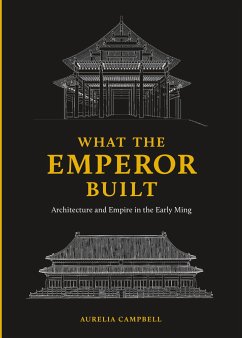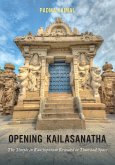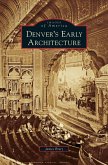"The Yongle emperor (r. 1402-24), one of the most famous rulers in Chinese history, is perhaps best known as the builder of Beijing's magnificent Forbidden City and for reconstruction of the Grand Canal. This volume is both the first book-length study in a Western language of Ming dynasty (1368-1644) architecture and the first in any language devoted to the architectural projects of a single Chinese emperor. Focusing on Yongle's imperial palaces in Beijing, a Daoist architectural complex on Mount Wudang, and a Buddhist temple at the Sino-Tibetan frontier, it analyzes his empire-wide construction projects and demonstrates how the siting, design, and use of his palaces and temples established his authority and contributed to the legitimization of his usurpation of power. These architectural projects help us understand his sense of empire by the far-flung locations in which he built, the distant regions from which he extracted the construction materials, and the use of tens of thousands of craftsmen and other laborers. Through his constructions, Yongle connected himself to the divine, interacted with his subjects, established an imperial presence in regions far outside the capital, and shaped his imperial legacy-thus extending imperial influence across space and time. Spanning issues of architectural design and also of construction technologies, this analysis reveals the remarkable advancements in timber-frame construction as well as using an art-historical approach to examine patronage, audience, and reception, and to situate the buildings within their larger social, historical, and religious contexts"--
Hinweis: Dieser Artikel kann nur an eine deutsche Lieferadresse ausgeliefert werden.
Hinweis: Dieser Artikel kann nur an eine deutsche Lieferadresse ausgeliefert werden.








